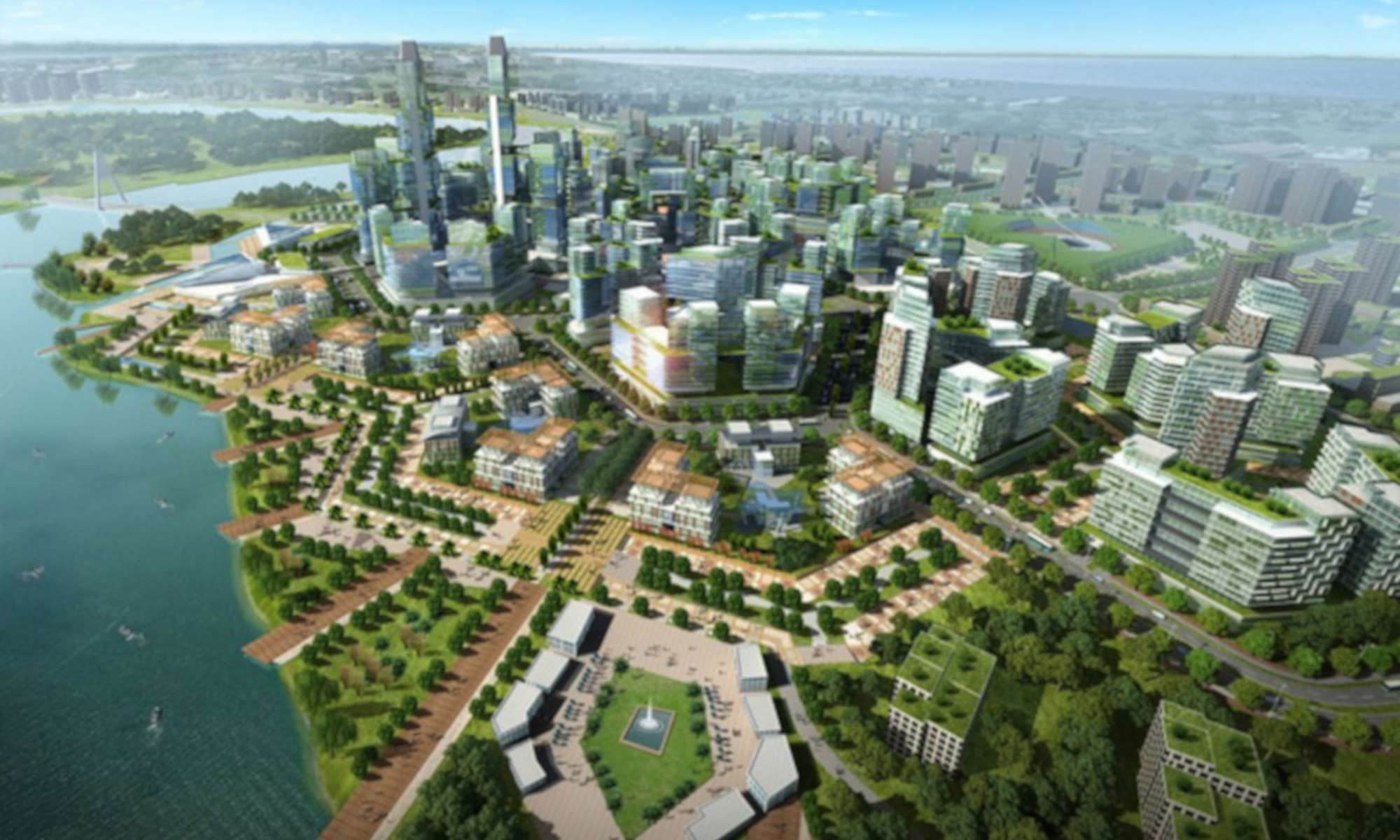In 1992 or 1993, while working as a telephone canvasser, contacting members of the California League of Conservation Voters, I was profoundly intrigued and quite inspired by a guest presentation by Sustainability Hall of Famer Gil Friend, who in 2013 was named one of the 30 most influential sustainability voices in America by The Guardian. Gil is Chief Sustainability Officer of the City of Palo Alto, California – which has its own Climate Protection Plan, and author of The Truth About Green Business:
Everything you need to know to green your business and grow your profit.
• The truth about what climate change means for your business
• The truth about running lean and green
• The truth about future proofing your business
When I first met Gil Friend in the early 1990’s, the environmental movement then was caught in a tug-of-war between “people over profits” and “people and jobs not spotted owls”. I remember attempting a briefing with my mostly 20-something colleagues about how working class folks with families really did need to put food on the table and how an idealist, anti-corporate sloganeering sometimes got in the way.
But Gil did a much better job of connecting the dots between Nature, People, and Economics, and I immediately asked to work for him. He gave me the opportunity to conduct a bit of research, and even get a title page credit for doing so, in the 1993 report he co-authored with Ernest A. Lowe entitled, “Building an Environmental Economy: A Strategy for ‘Environmental Business’ Economic Development for the City of Berkeley” which evolved 4 years later into a paper Gil co-authored with Stuart Cowan, “Regional Metabolism (Resource Flow Analysis) for the Northern Neck and Middle Peninsula Planning Districts” (1997).
Eric Sanderson, Ph.D., Senior Conservation Ecologist at the Wildlife Conservation Society (WCS), has written books on a similar theme, Mannahatta: A Natural History of New York City, Terra Nova: The New World After Oil, Cars, and Suburbs, and as co-author of Structuring Confluence: The Work of W Architecture and Landscape Architecture.
In the years since I met Gil, the success of Tom’s of Maine and Whole Foods Market® helped usher in the the Lifestyles of Health and Sustainability (LOHAS) consumer market, as explained recently in an interview of Glenn Rudberg, Director of Brand Strategy at ETHOS, who, around the time I met Gil, was director of brand marketing at Tom’s; see The Era of Ethical Consumerism is Here: How to Market to LOHAS Consumers.
In upcoming blog posts, I will explore the “extractive economy”, the “circular economy”, “triple bottom line”, the evolution from the Roman Empire to the “feudalistic economy” to “mercantilism” and “colonialism” to the “industrial economy” and “post-industrialism” and the “digital economy”, and “capitalism” and “green business”, along with the differences between “socialism”, “democratic socialism”, the “Nordic Model”, the “East Asian Model”, “communism” and “sovietism”, on up to the current struggles between “globalism” and “populist nationalism”.
In the above mix, I will also look at Native American and Australian aboriginal communities in an economic context, informed and inspired in part by M. Kat Anderson’s Tending the Wild which is based largely on oral histories passed down to current descendants of pre-European Californian Native Americans.
I will try to cover all of this concisely and efficiently. We are currently caught in a mindset of “endless growth” which may be the single greatest driving force in the global climate crisis, because we keep extracting natural resources, and now extract financial resources in much the same way. There is also the recent warning from climate scientists that we have “just 12 years to make massive and unprecedented changes to global energy infrastructure”.
I will try to arrive at the meaning, purpose, value proposition, and an overall business-and-ecology model, of “regenerative business”.
